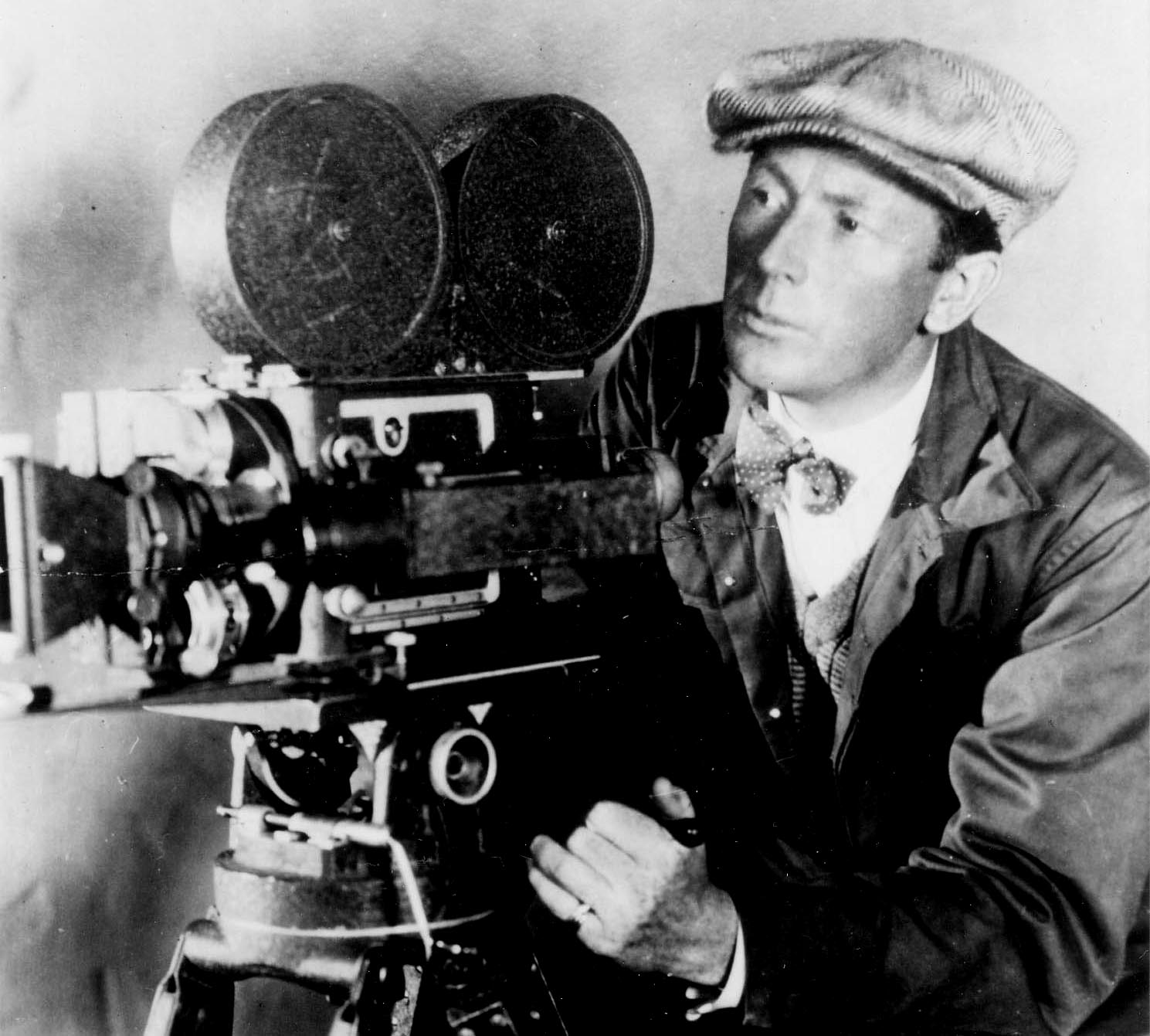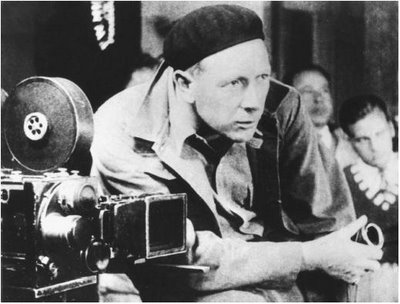<Back to Index>
- Geologist Archibald Geikie, 1835
- Film Director Friedrich Wilhelm "F.W." Murnau, 1888
- Marshal of the Soviet Union Ivan Stepanovich Konev, 1897
PAGE SPONSOR


Friedrich Wilhelm "F. W." Murnau (December 28, 1888 – March 11, 1931) was one of the most influential German film directors of the silent era, and a prominent figure in the expressionist movement in German cinema during the 1920s. Although some of Murnau's films have been lost, most still survive.
He was born as Friedrich Wilhelm Plumpe in Bielefeld, Province of Westphalia. He attended the University of Heidelberg and studied art history. He took the name "Murnau" from the town in Germany named Murnau am Staffelsee. Openly gay, he was said to be a towering, imposing man with an icy, imperious disposition and utterly obsessed with film. He was a combat pilot during World War I and directed his first film Der Knabe in Blau ('The Boy in Blue') in 1919.
Murnau's most famous film is Nosferatu, a 1922 adaptation of Bram Stoker's Dracula for which Stoker's widow sued for copyright infringement. Murnau lost the lawsuit and all prints of the film were ordered to be destroyed, but bootleg prints survived. The vampire, played by German stage actor Max Schreck, resembled a rat which was known to carry the plague. The origins of the word are from Stoker's novel, where it is used by the Romanian townsfolk to refer to Count Dracula and presumably, other undead.
Nearly as important as Nosferatu in Murnau's filmography was The Last Laugh ("Der Letzte Mann", German "The Last Man") (1924), written by Carl Mayer (a very prominent figure of the Kammerspielfilm movement) and starring Emil Jannings. The film introduced the subjective point of view camera, where the camera "sees" from the eyes of a character and uses visual style to convey a character's psychological state. It also anticipated the cinéma vérité movement in its subject matter. The film also utilized the "Unchained Camera Technique", a mix of tracking shots, pans, tilts, and zooms. Also, unlike the majority of Murnau's other works, The Last Laugh is considered a Kammerspielfilm with Expressionist elements. Unlike expressionist films, Kammerspielfilme are categorized by their chamber play influence, involving a lack of intricate set designs and story lines / themes regarding social injustice towards the working classes.
Murnau's last German film was the big budget Faust (1926) with Gösta Ekman as the title character, Emil Jannings as Mephisto and Camilla Horn as Gretchen. Murnau's film draws on older traditions of the legendary tale of Faust as well as on Goethe's classic version. The film is well known for a sequence in which the giant, winged figure of Mephisto hovers over a town sowing the seeds of plague.
Nosferatu (music by Hans Erdmann) and Faust (music by Werner Richard Heymann) were two of the first films to feature original film scores. Murnau emigrated to Hollywood in 1926, where he joined the Fox Studio and made Sunrise (1927), a movie often cited by film scholars as one of the greatest films of all time. Filmed in the Fox Movietone sound - on - film system (music and sound effects only), Sunrise was not a financial success, but received several Oscars at the very first Academy Awards ceremony in 1929. In winning the Academy Award for Unique and Artistic Production it shared what is now the Best Picture award with the movie Wings. Murnau's next two films, the (now lost) Four Devils (1928) and City Girl (1930), were modified to adapt to the new era of sound film and were not well received. Their poor receptions disillusioned Murnau, and he quit Fox to journey for a while in the South Pacific. Together with documentary film pioneer Robert Flaherty, Murnau travelled to Bora Bora to realize the film Tabu in 1931. Flaherty left after artistic disputes with Murnau who had to finish the movie on his own. The movie was censored in the United States for images of bare - breasted Polynesian women. The film was originally shot by cinematographer Floyd Crosby as half - talkie, half - silent, before being fully restored as a silent film — Murnau's preferred medium.
Murnau did not live to see the premiere of his last film. He died in an automobile accident in Santa Barbara, California, on 11 March 1931. Murnau was entombed on Southwest Cemetery (Südwest - Kirchhof Stahnsdorf) in Stahnsdorf near Berlin. Only 11 people attended the funeral. Among them were Robert Flaherty, Emil Jannings, Greta Garbo and Fritz Lang, who delivered the funeral speech. Garbo also commissioned a death mask of Murnau, which she kept on her desk during her years in Hollywood.
In 2000, director E. Elias Merhige released Shadow of the Vampire, a fictionalization of the making of Nosferatu. Murnau is portrayed by John Malkovich. In the film, Murnau is so dedicated to making the film genuine that he actually hires a real vampire (Willem Dafoe) to play Count Orlok.

